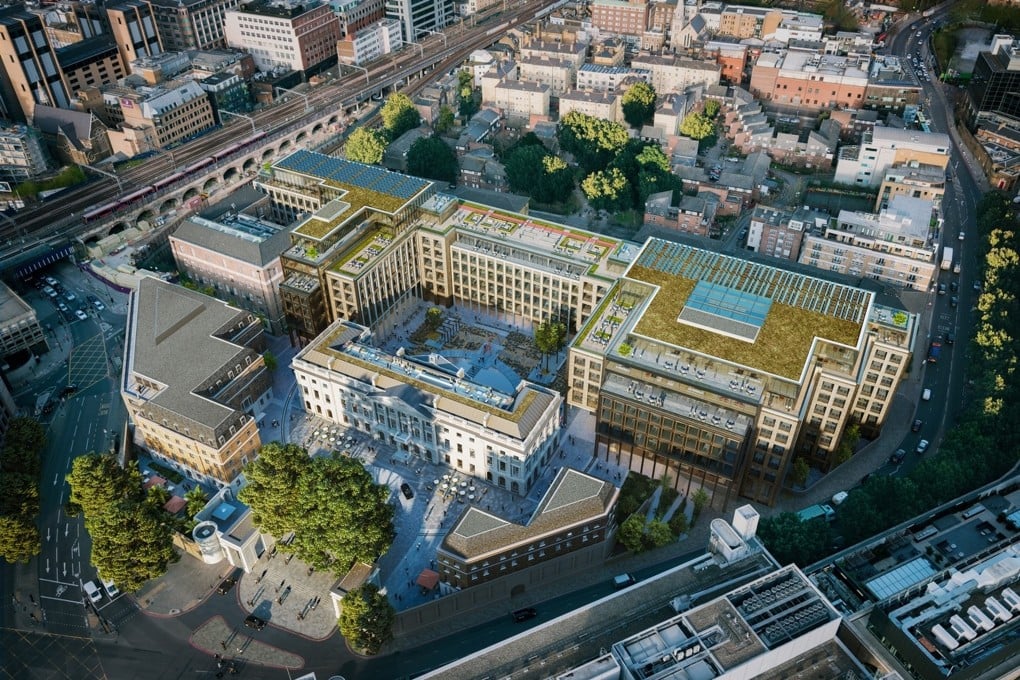Future London embassy’s link to era of Chinese ‘humiliation and sorrow’
- China acquired the historic Royal Mint site in London in 2018 for its new diplomatic mission
- Site has historic significance: it took delivery of tonnes of silver that China was forced to pay Britain in the 19th century

A mystery hangs over Beijing’s plans to move its London embassy to the historic Royal Mint, a huge walled site and an important, if little known symbol of a Chinese era of “humiliation and sorrow”.
More than 10 months since China acquired the walled 2.2-hectare site opposite the Tower of London for an undisclosed sum, including the old palace built in 1810, building work has yet to begin.
“We have had no contact since the initial coverage some months ago now,” a spokesperson for Tower Hamlets, the local authority who will have to grant planning permission for the development, told South China Morning Post.
“There’s no indication that the proposed move is no longer going to happen, just that nothing has happened yet.”
The plan is to make it China’s largest embassy in the West, eventually accommodating around 300 diplomats. In such a prestigious site, it is likely to become an important UK landmark.
But when the excavators and construction workers do move in, they may find hidden traces of the Qing dynasty, in the form of silver or a sycee, an ancient Chinese ingot.
For it was the Royal Mint that took delivery of tonnes of silver that China was forced to pay as part of the settlements to the UK, including the “unfair treaties” that ended the opium wars and made Hong Kong a British colony.